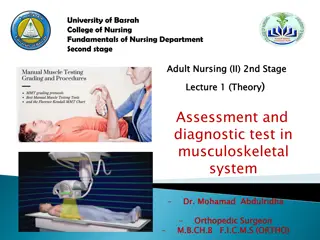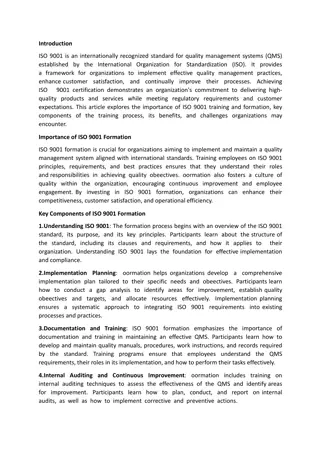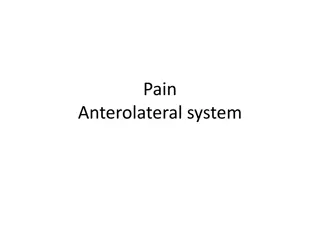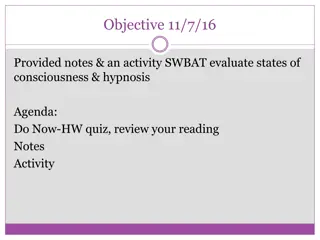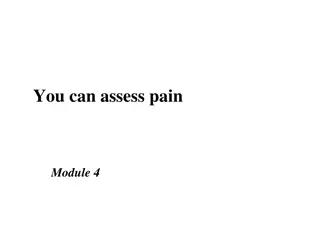
Managing Pain with Hypnosis: Techniques and Therapeutic Approaches
Learn about the use of hypnosis in pain management, including standard techniques like relaxation, pain dial, glove anaesthesia, endorphin reservoir, and distraction. Explore how hypnosis can help with different types of pain, such as functional pain, and discover practical methods to induce hypnosis for pain relief.
Download Presentation

Please find below an Image/Link to download the presentation.
The content on the website is provided AS IS for your information and personal use only. It may not be sold, licensed, or shared on other websites without obtaining consent from the author. If you encounter any issues during the download, it is possible that the publisher has removed the file from their server.
You are allowed to download the files provided on this website for personal or commercial use, subject to the condition that they are used lawfully. All files are the property of their respective owners.
The content on the website is provided AS IS for your information and personal use only. It may not be sold, licensed, or shared on other websites without obtaining consent from the author.
E N D
Presentation Transcript
Hypnosis for the treatment of pain and therapy An Outline
Pain Acute or chronic?
Standard techniques Relaxation Pain dial Glove anaesthesia Endorphin reservoir Distraction Dissociation
Relaxation Underpins all the other techniques Relaxation per se reduces the pain experience Use a relaxing induction Be relaxed yourself
The Pain Dial Useful to show fMRI scans All pain is real Change is possible Techniques simple
Functional pain Physically- induced pain Hypnotically- induced pain Imagined pain
Pain Dial Induce hypnosis by any method Ask to picture that part of their mind which measures how painful something is see the dial Turn it down Can use paradoxical injunction: ask them to turn it up first before turning it down
Glove anaesthesia Hypnotize Suggest hand repeatedly dipped into cold water/ fridge etc When hand numb can transfer to painful area.
Endorphin reservoir Explain endorphins are our natural pain killers Hypnotize Picture a tank with endorphin Open tap and let soothing fluid flow over painful area reducing pain and giving euphoric glow Useful in obstetrics
Distraction This is simply getting the patient to focus on something other than the pain Mental arithmetic Describe a nice place best if they talk through the detail rather than just picture it Useful for procedures and doesn t necessarily need a formal hypnosis induction While you re telling me about it what we are doing won t bother you at all
Dissociation Tends to need a good hypnotic subject The pain (or part of the body with the pain) is away from themselves and it seems as though the pain is happening elswhere
Corrective imagery The patient is asked in hypnosis to go into the pain and describe what it is like. Shape, size, colour etc Suggestions are then given to change the appearance: shrink it, change colour etc until the pain feels more comfortable
Chronic Pain and other hypnotherapy Chronic pain and other functional problems often occurs in the absence of any discernible physical disease. Important not to go directly for symptom removal Need to explore the underlying cause(s) Frequently resolving the underlying problem leads to resolution of the symptoms.
Hypnotherapy History of the problem: When did it start What was happening at the time What investigations What were you told Explain hypnosis Best to use a left/right hemisphere model
Hypnotherapy Under hypnosis: Explore the problem Identify the cause Resolve the problem Check that it is ok to do so secondary gain?? Then tackle symptoms if still present Mentally rehearse how they are without the problem Dehypnotize
Remember! Always work within your area of competence Refer on if you find yourself out of your depth Many of the functional disorders result from some sort of trauma (physical, sexual, emotional) BUT .. NEVER suggest that such a thing must have happened False memories can easily be created



